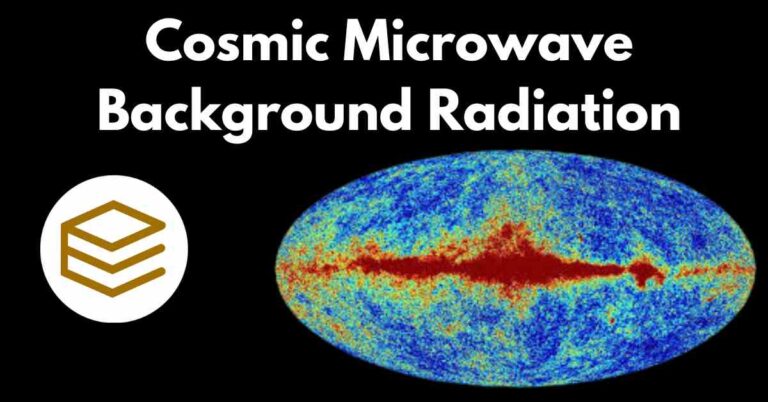December 13, 2025 5:37 am

Sub: Science & Technology | Section: Disaster Management
Context:
As climate change intensifies natural disasters such as hurricanes, earthquakes, and floods, governments and scientific institutions are increasingly turning to Artificial Intelligence (AI) to improve predictive models and mitigate the impacts of these disasters.
How AI Helps Predict Natural Disasters:
- AI systems analyze vast amounts of satellite data, weather patterns, and historical data to detect early signs of natural disasters.
- Machine learning algorithms identify anomalies in weather systems or seismic activity that could indicate an impending disaster, providing faster and more accurate warnings.
- AI can forecast flood levels, tsunami trajectories, and hurricane paths by analyzing water levels, atmospheric conditions, and wind speeds, helping authorities to prepare.
Types of Natural Disasters Predicted by AI:
- Earthquakes: AI tools can analyze real-time seismic data, enhancing earthquake early warning systems and helping in the quick deployment of emergency responses.
- Hurricanes: AI-driven models help forecast hurricane intensity and landfall timing, allowing better evacuation planning and risk management.
- Floods: Predictive models can estimate where flooding will occur based on rainfall, soil moisture levels, and river flow rates, helping to create flood maps that guide rescue operations.
- Forest Fires: AI can analyze weather conditions, vegetation dryness, and wind patterns to predict the likelihood of wildfires, enabling preemptive evacuation efforts.
Recent Applications of AI in Disaster Management:
- Google’s Flood Forecasting Initiative: Using AI, Google has been able to accurately predict floods in India and Bangladesh by analyzing water levels and historical flood patterns.
- AI in Earthquake Prediction: In Japan, AI systems are being used to monitor tectonic movements and send alerts to residents ahead of potential earthquakes.
- Wildfire Prediction in the USA: AI is being used in California to predict where wildfires are most likely to start and spread, reducing the time needed to deploy firefighting resources.
Challenges in Implementing AI for Disaster Prediction:
- Data Quality: Accurate AI predictions require comprehensive and reliable data, which may not always be available, especially in remote areas.
- Computational Power: Predicting large-scale natural disasters requires significant computational resources, which are costly and not always accessible to developing countries.
- Ethical Concerns: There are concerns about privacy, data security, and the potential misuse of AI systems for purposes other than disaster prevention.
Future Outlook:
- AI and Climate Change: As the frequency and intensity of natural disasters increase due to climate change, AI will play a crucial role in improving climate resilience and disaster management.
- Collaboration: Global collaboration between governments, tech companies, and research institutions is essential to improve the accuracy and availability of AI-powered disaster prediction tools.
| Do You Know? | Google’s Flood Forecasting Initiative has been able to provide flood predictions up to 48 hours in advance in some regions. |
|---|---|
| Interesting Fact | AI is being used to create fire spread maps in California, helping firefighters combat wildfires more effectively. |
| Facts for Prelims Exam | 1. AI is widely used in disaster management to predict events like earthquakes, floods, and wildfires. 2. Google’s AI-based flood forecasting has been particularly successful in South Asia. |
| Facts for Mains Exam | 1. The role of technology in disaster preparedness and mitigation. 2. Challenges and ethical concerns in the use of AI for disaster prediction. |
| Relevance | This topic is relevant for science and technology, disaster management, and climate change adaptation strategies in both prelims and mains exams. |





